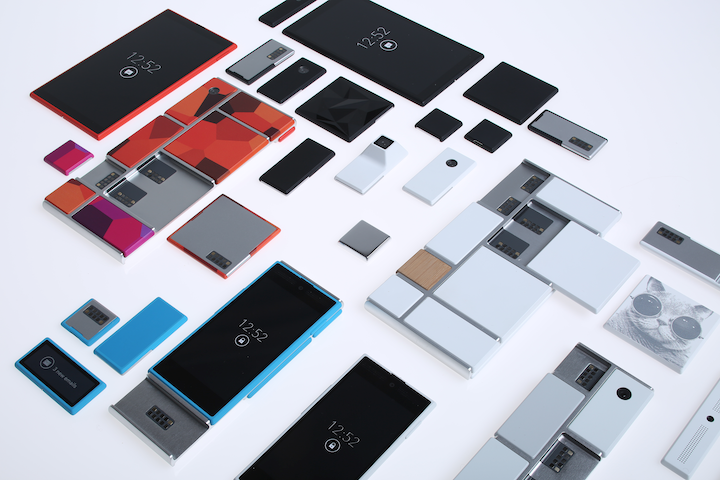The keynote speaker at Sensors Expo challenged the IoT industry not to go down the same hardware design path as the cell phone industry. In his speech on Wednesday, Ken Gabriel, longtime industry thought-leader and president and CEO of the Charles Stark Draper Laboratory, said that cell phone hardware is monolithic; users can’t add or change it in any significant way. Cell phone apps, on the other hand, can be tried out and added or discarded at will, but “hardware, you’re stuck with…it’s a detriment to the industry. Why do we put up with it?”
As a successful design model, Gabriel cited the classic B-52 Stratofortress plane created in the 1950s. He pointed out that the plane is still flying, but it doesn’t have any of the original components; they have all been upgraded over time. “We have moved away from that,” Gabriel noted, “I think we should return to that…for IoT [and] not let it get away from us, like mobile devices.”
How could this work today? Gabriel suggested Project Ara as a model. Originally headed by the Advanced Technology and Projects team within Motorola Mobility, the project has since become its own division in Google. Its goal is to develop a modular smartphone consisting of a central module board that allows individual modules to be connected and housed in a structural frame. For example, users can add extra memory, a high-resolution video camera, or numerous sensors. Not only would this allow users to add new technologies as they evolve, but it would also increase the lifetime of the unit as a whole and reduce electronic waste.

Project Ara brings a new level of modularity to the design of cell phones, letting users personalize them any way they wish. (Source: Motorola)
Such an approach for IoT, Gabriel pointed out, would let the market develop more rapidly and efficiently. It also puts choices back in the hands of the end user. “Right now,” he said, “decisions for billions of people are being made by dozens of people.”
Advertisement
Learn more about Electronic Products Magazine





